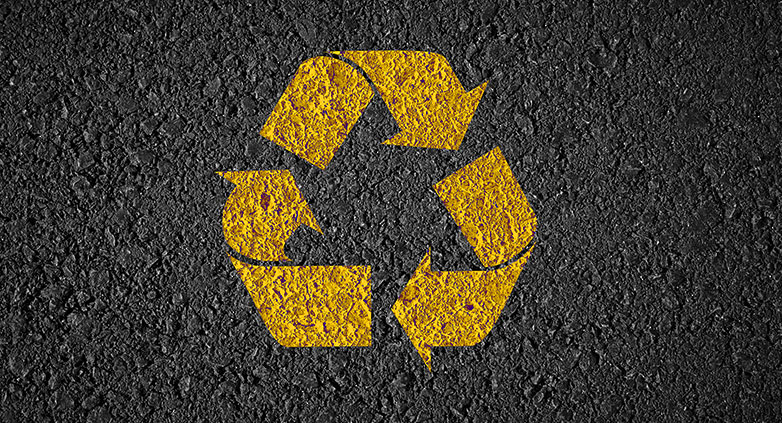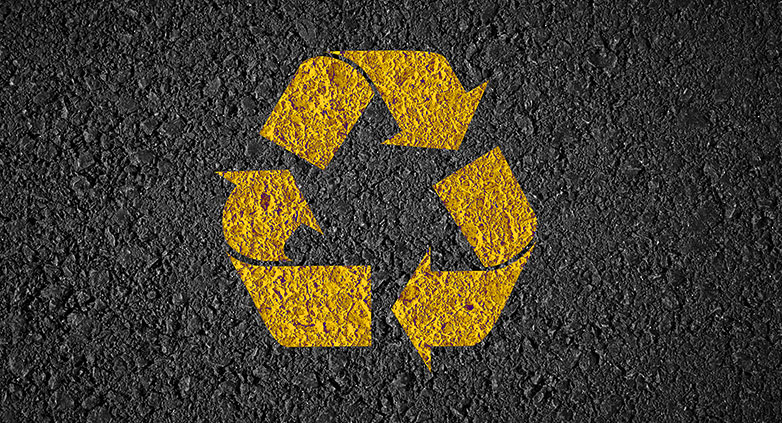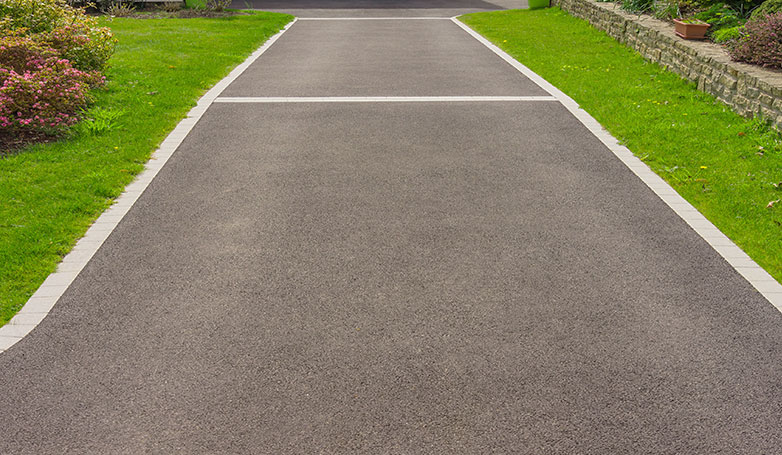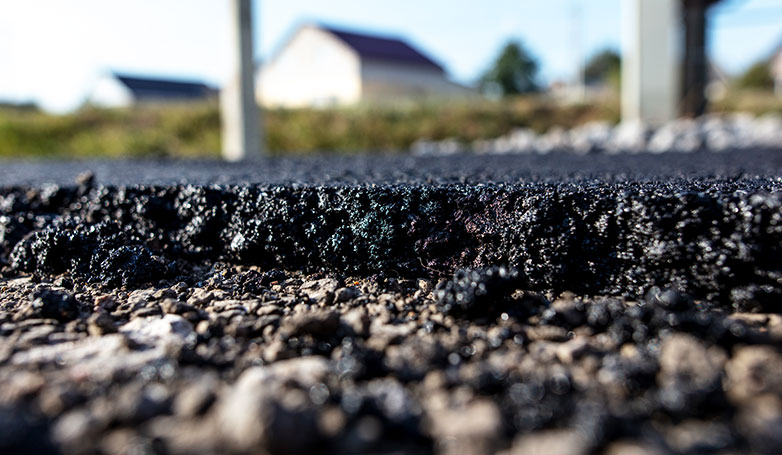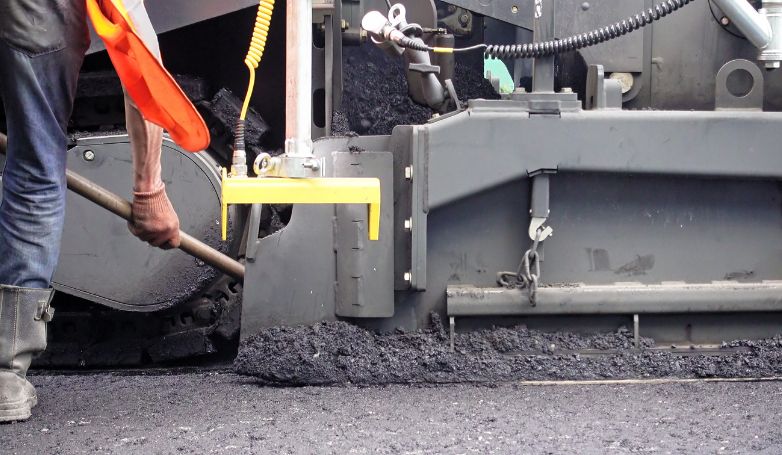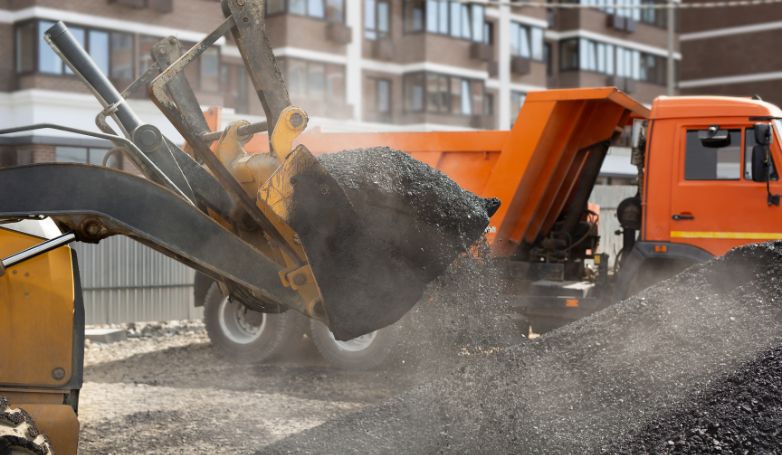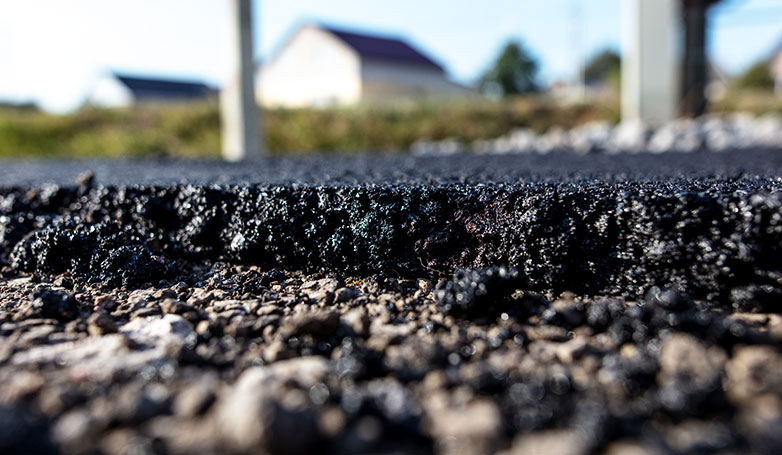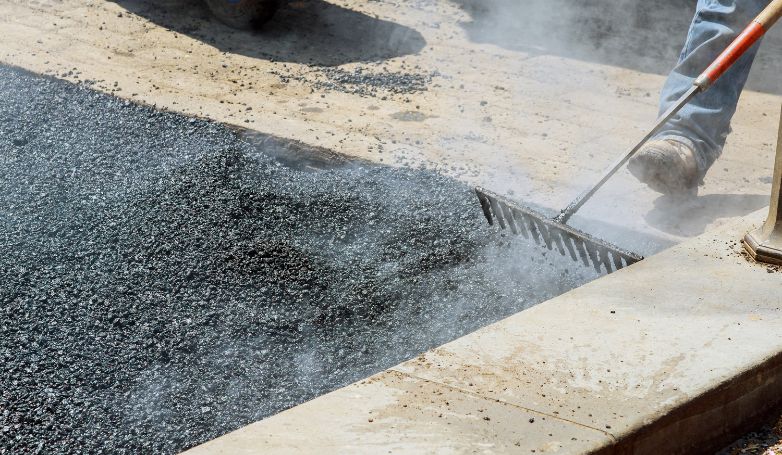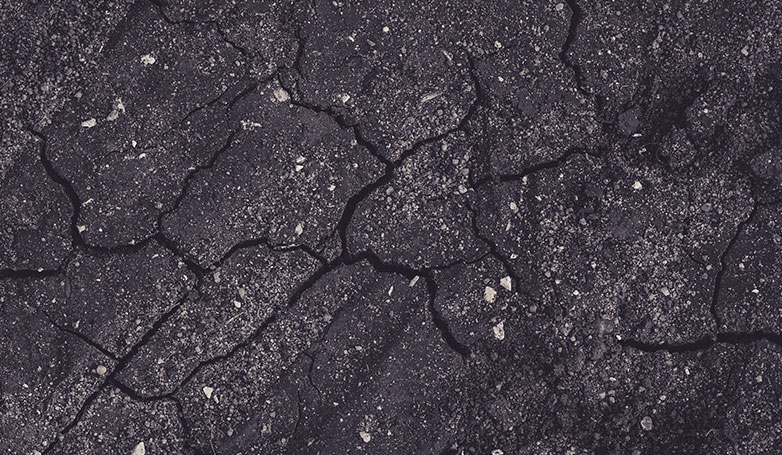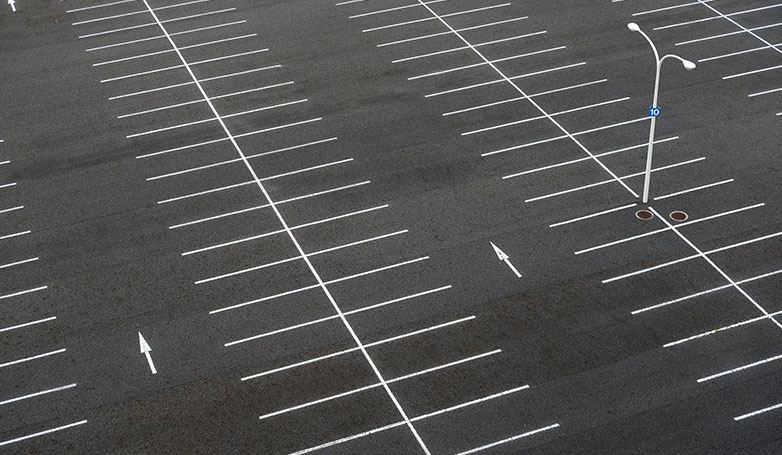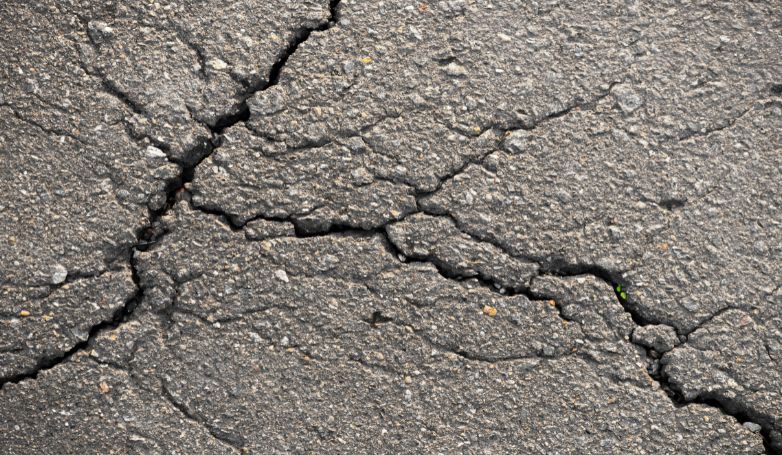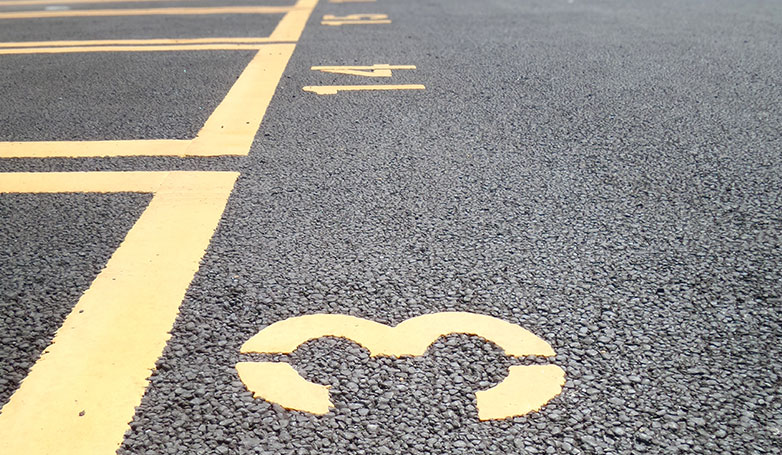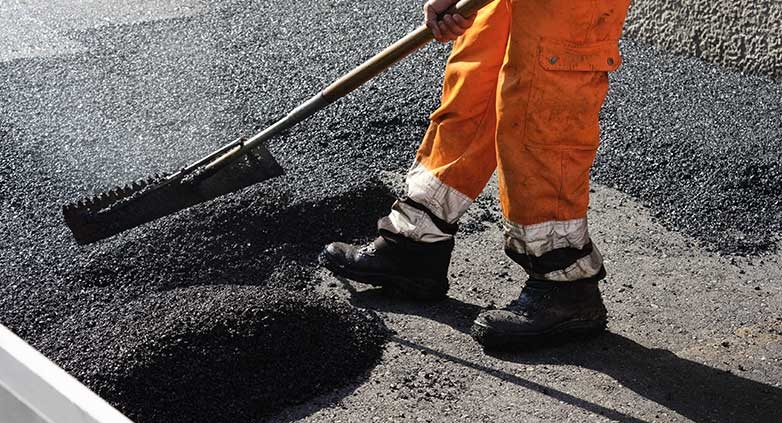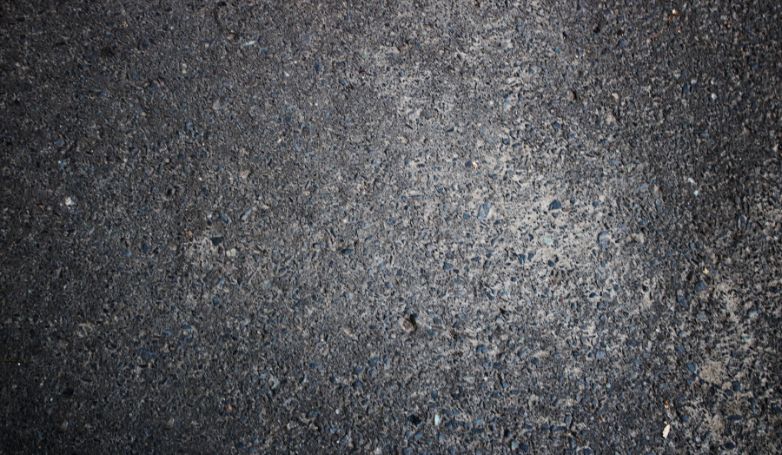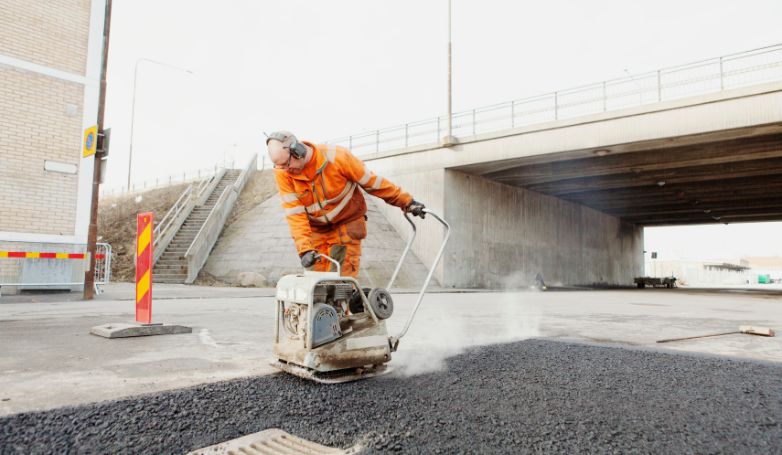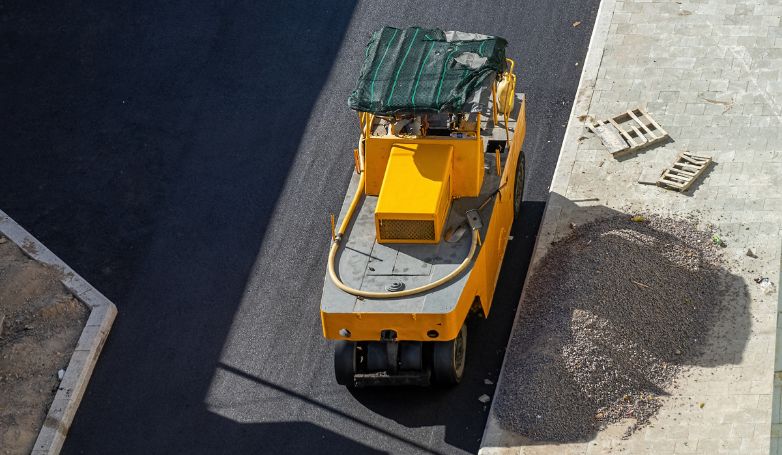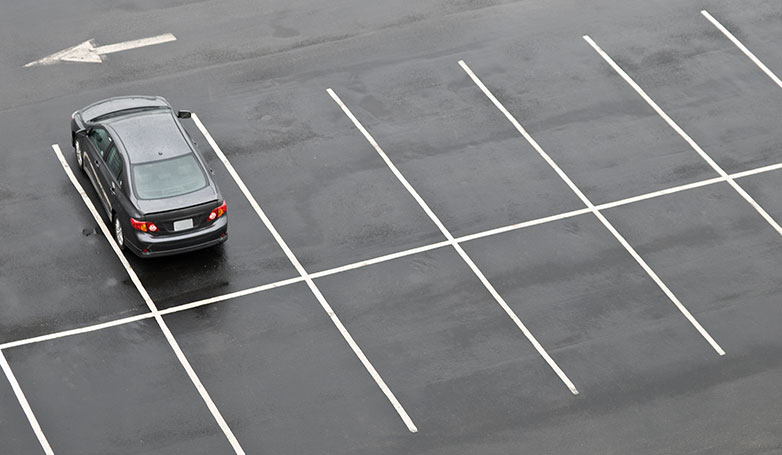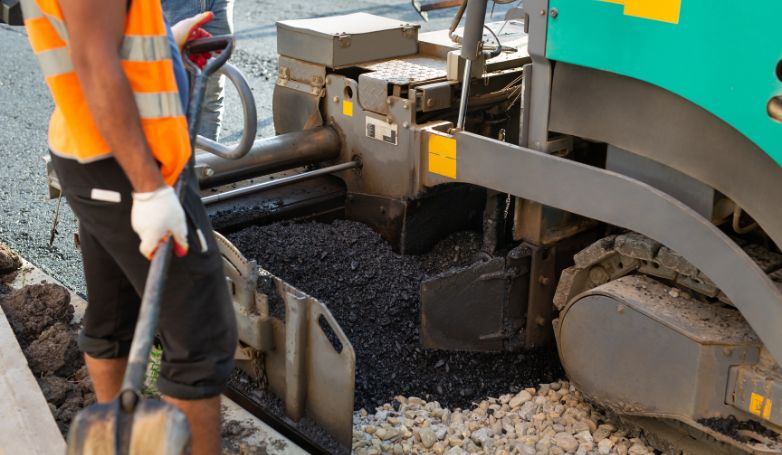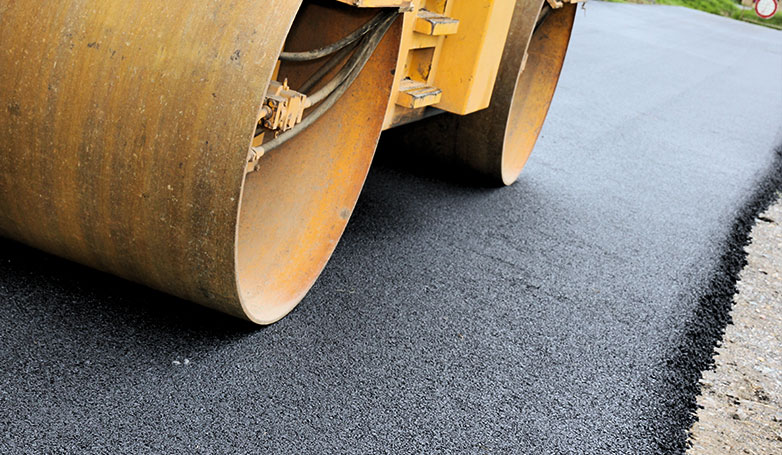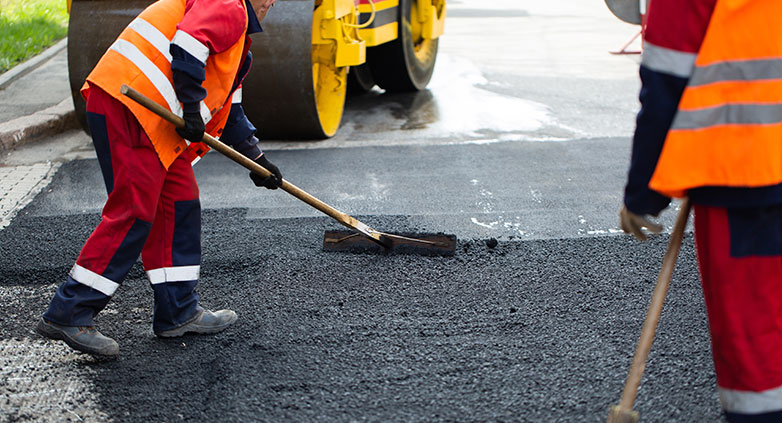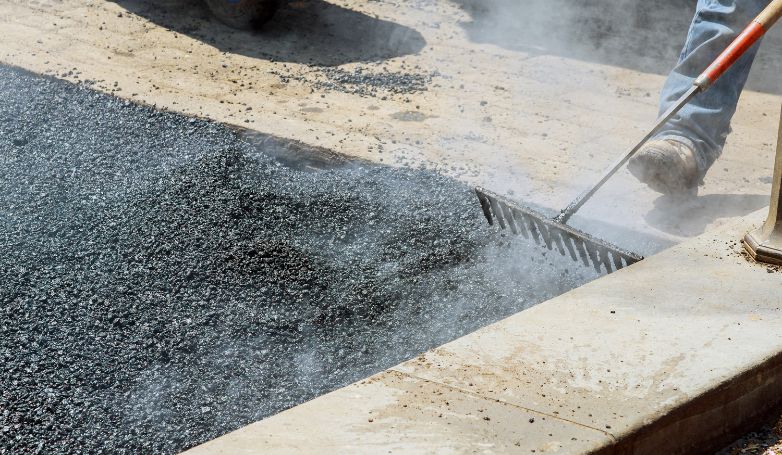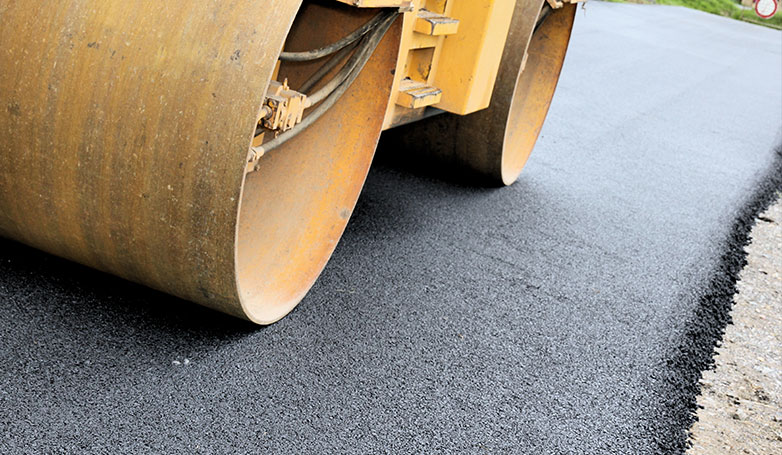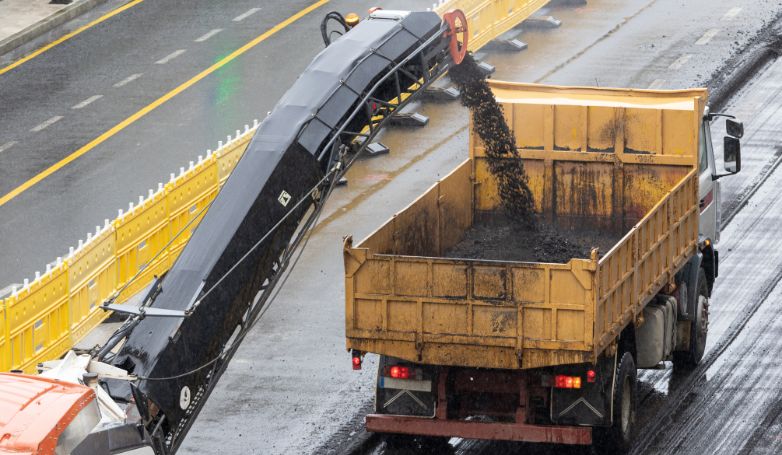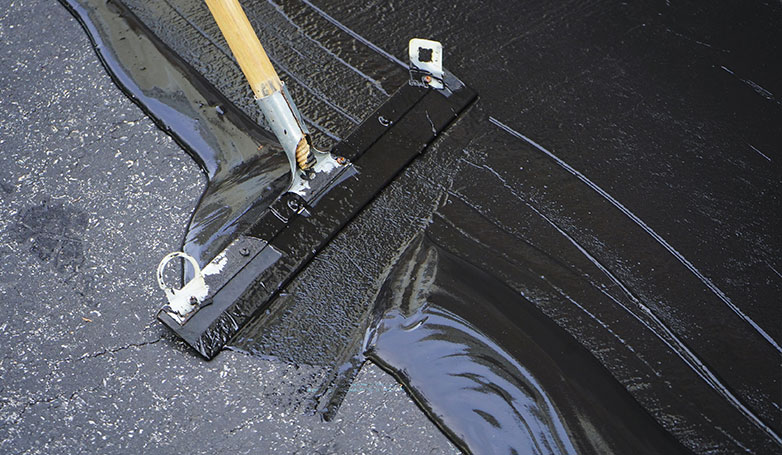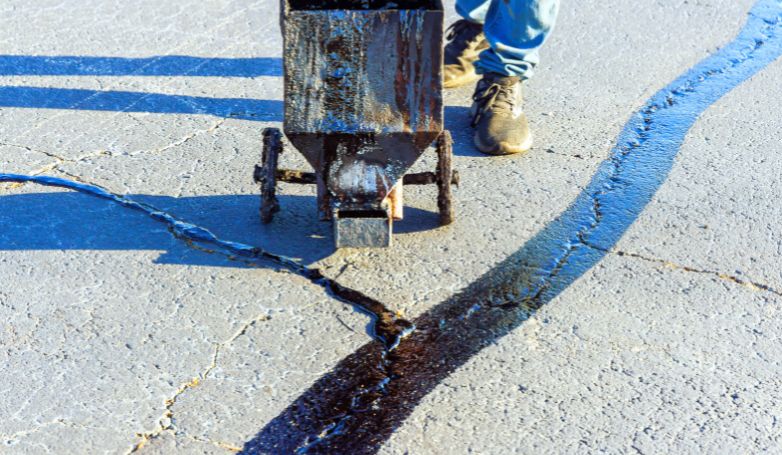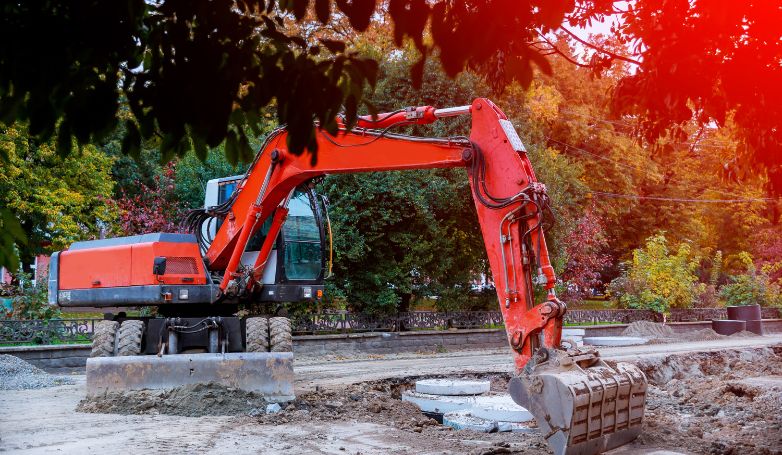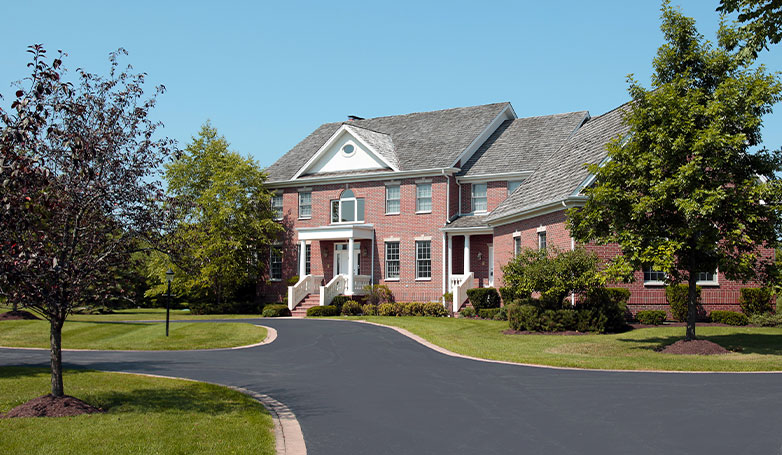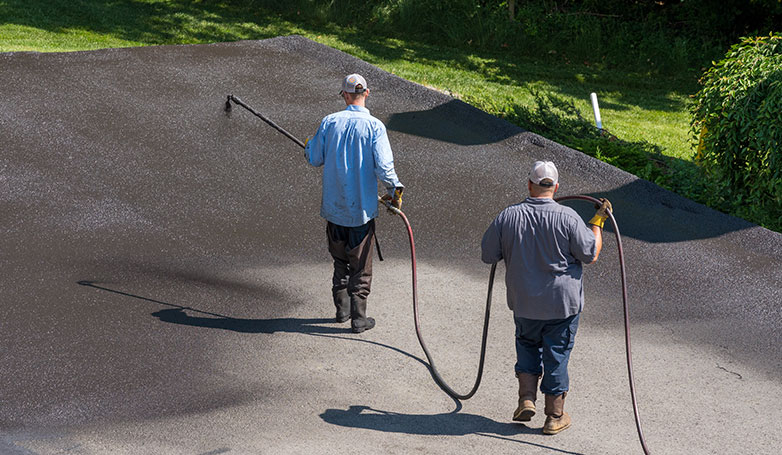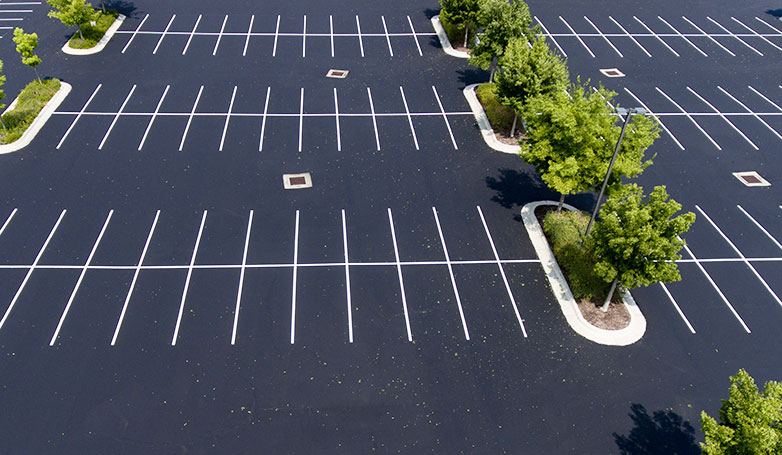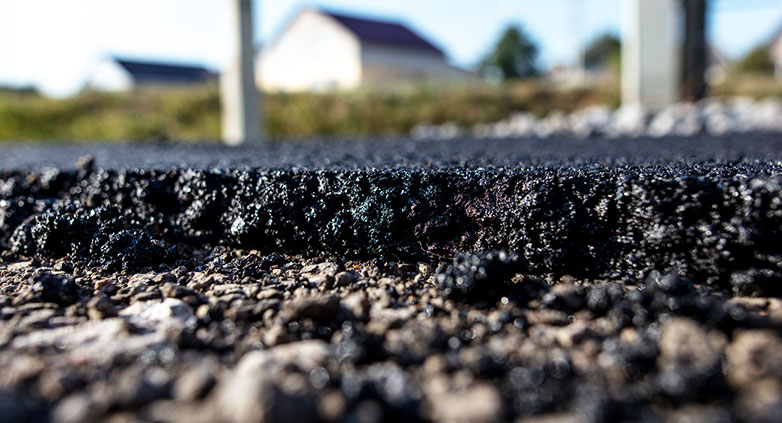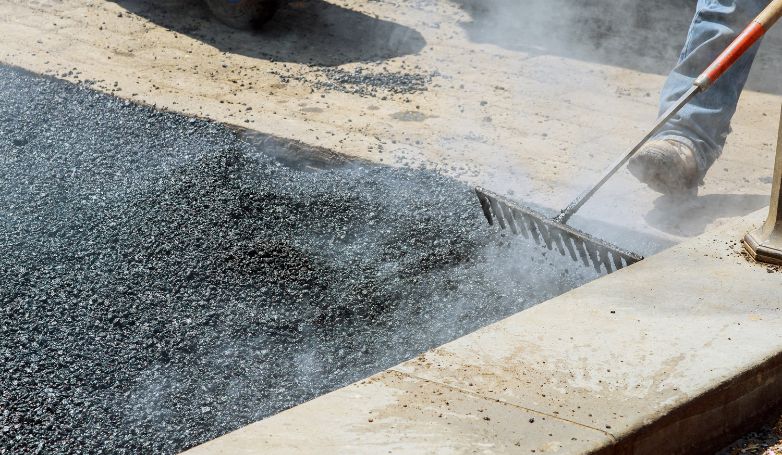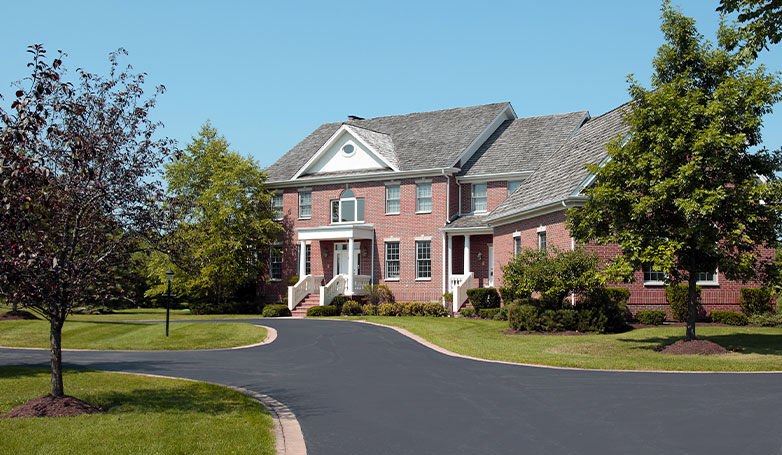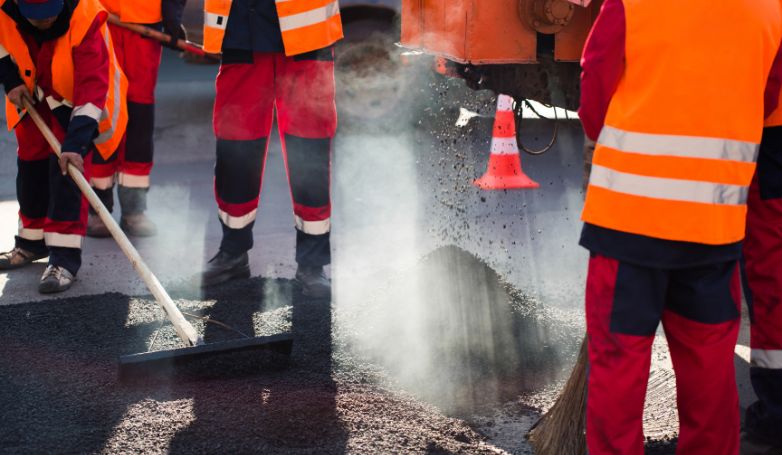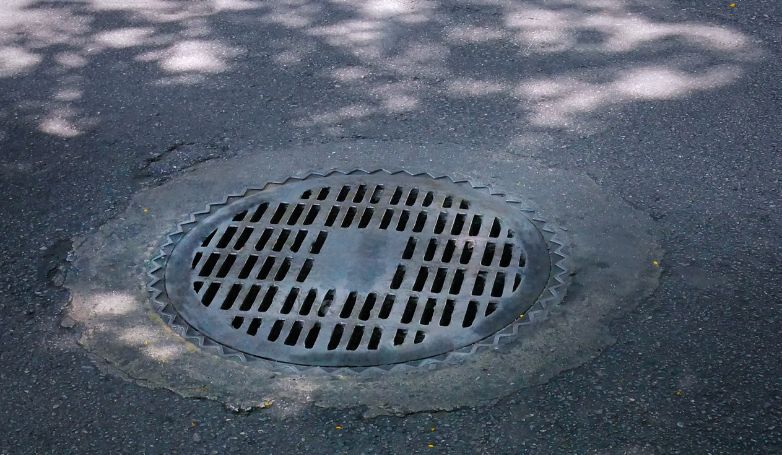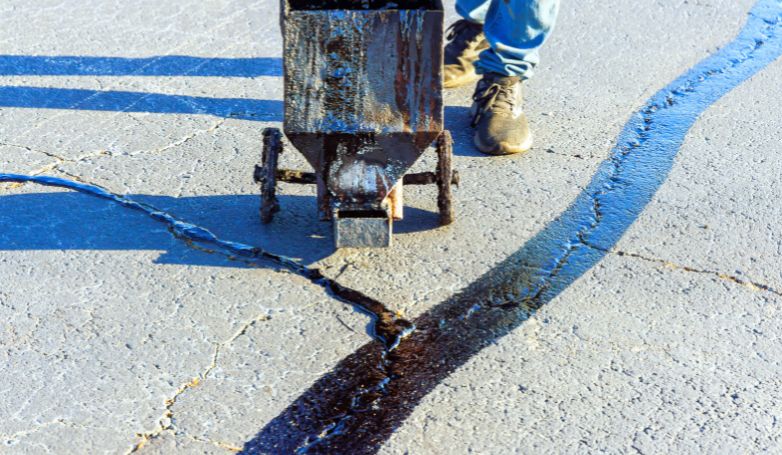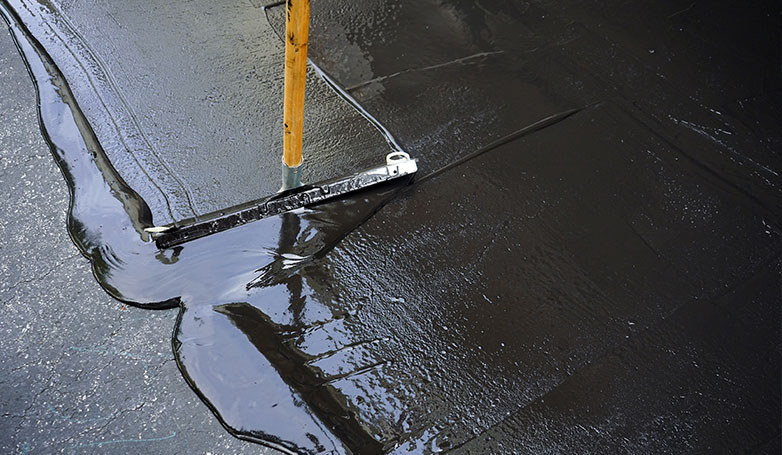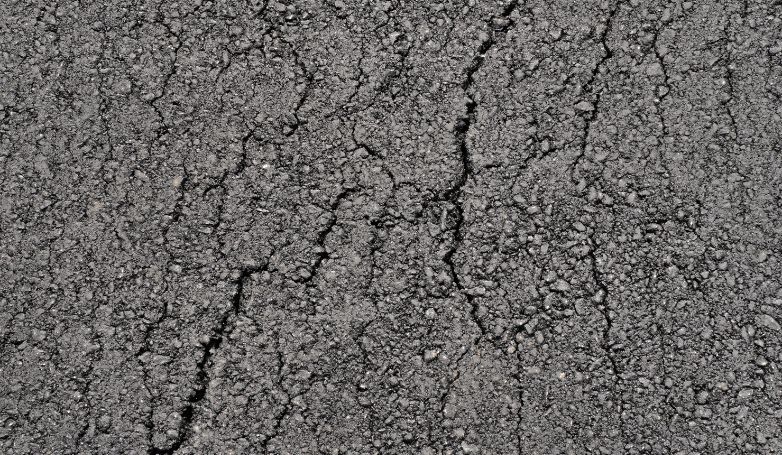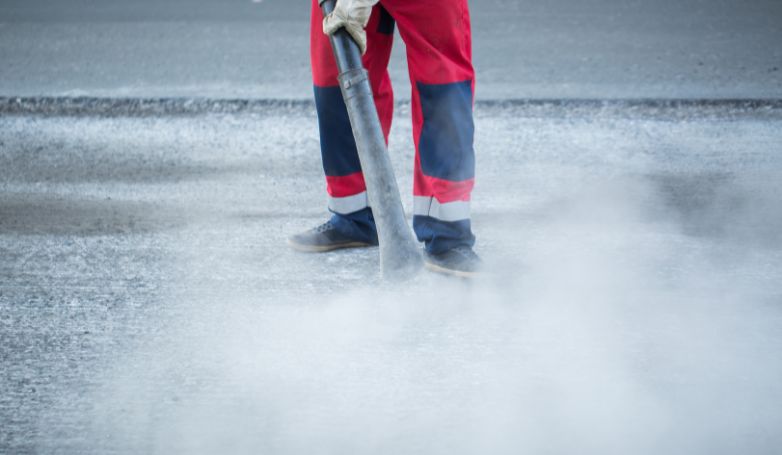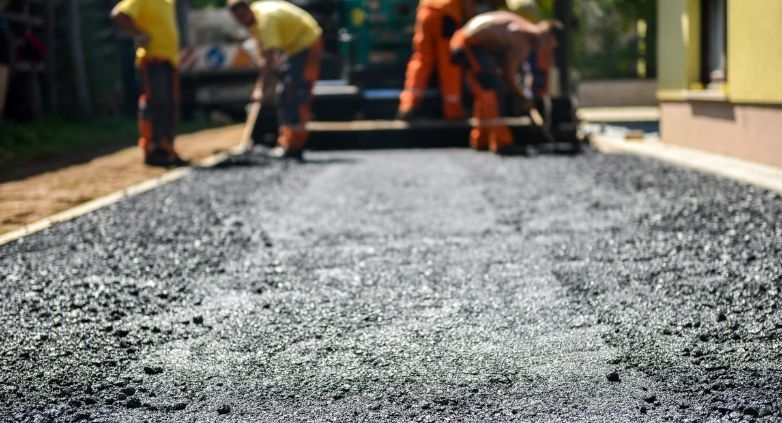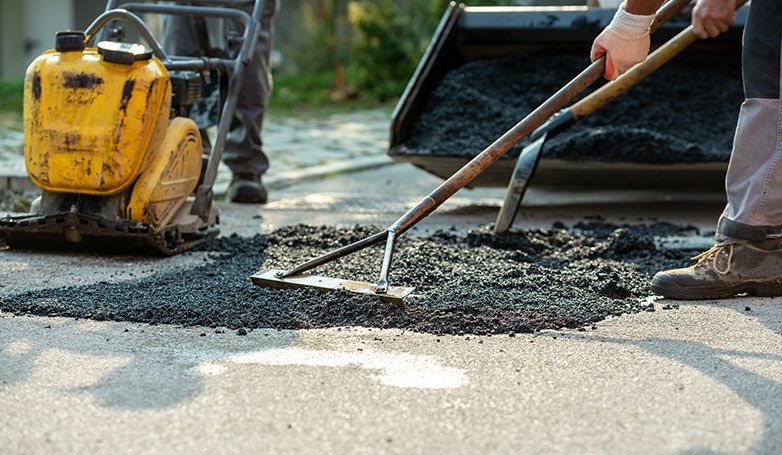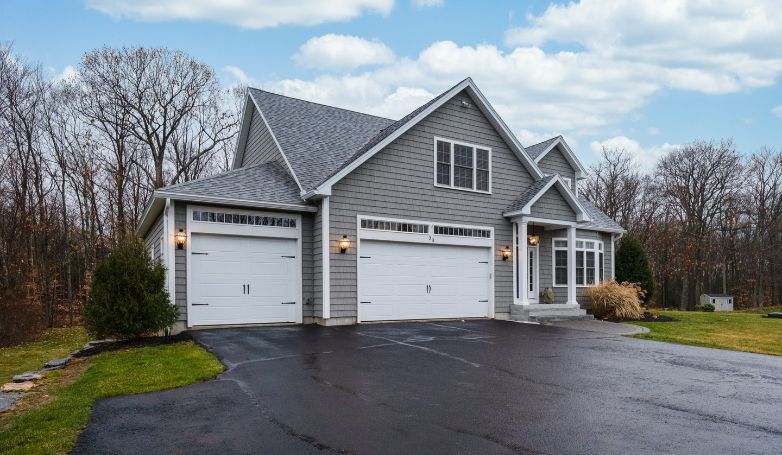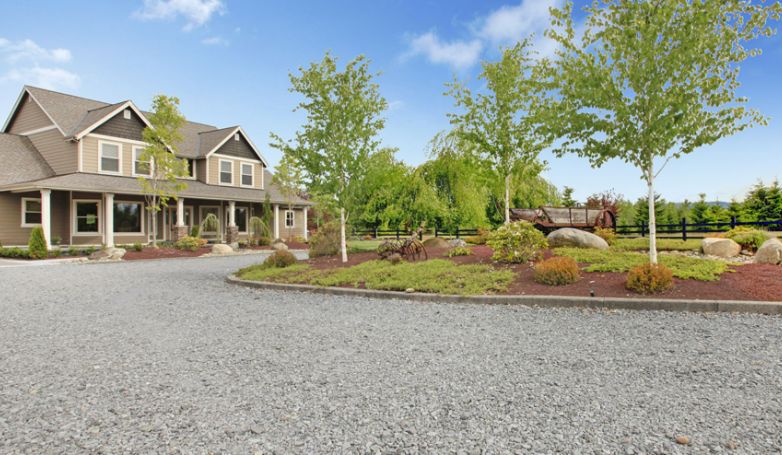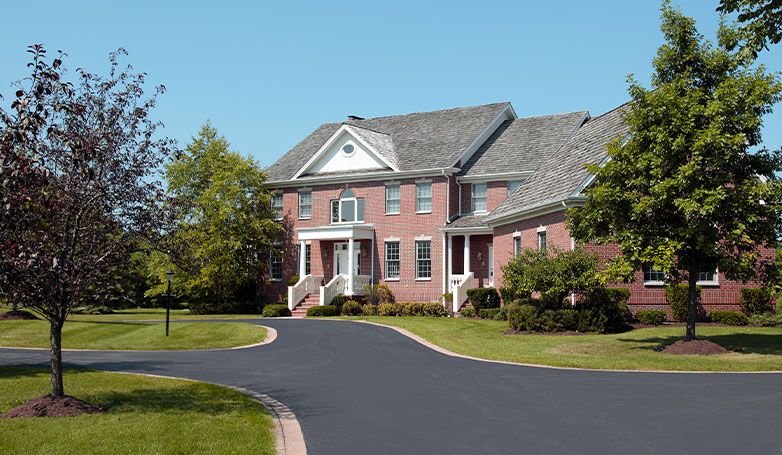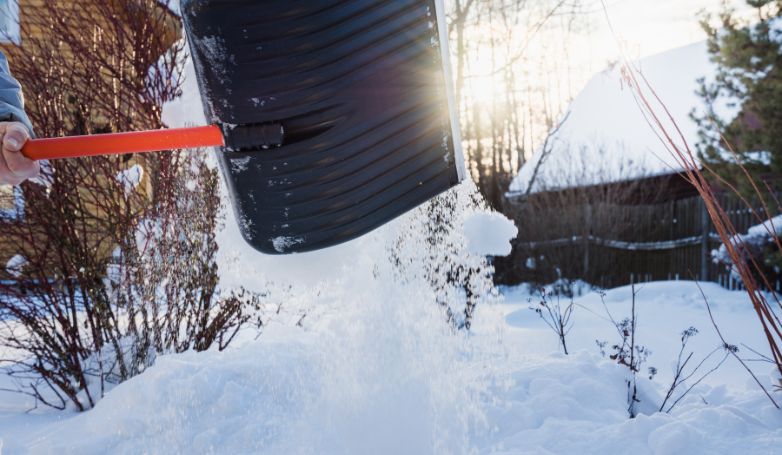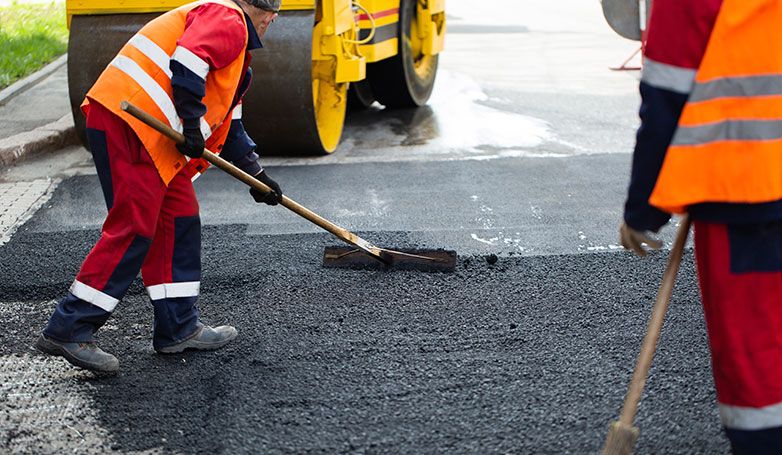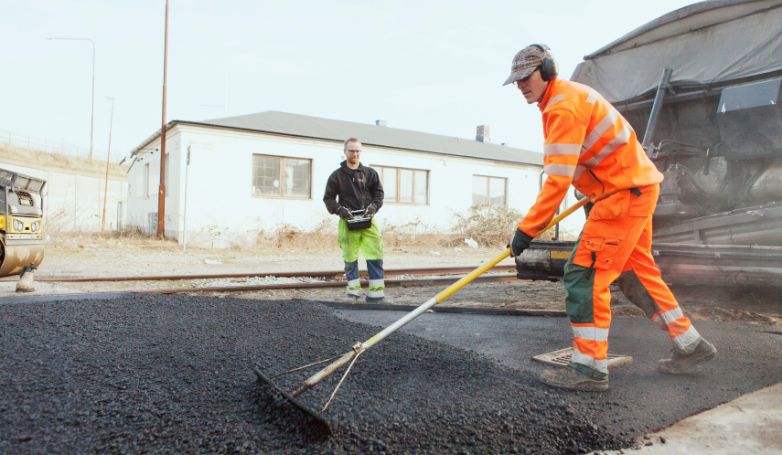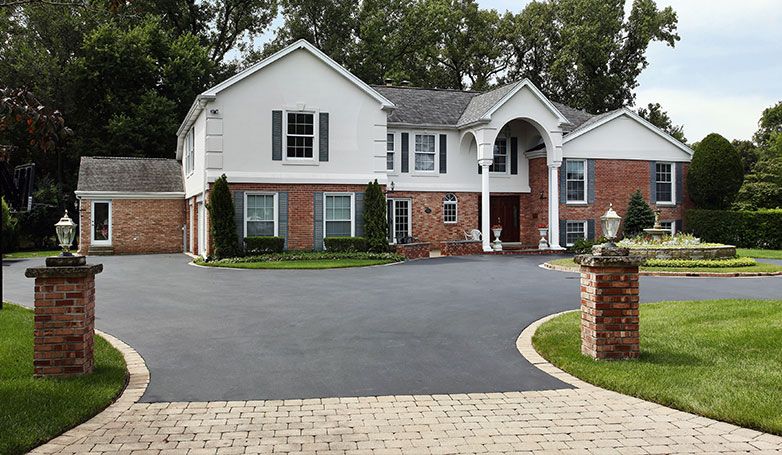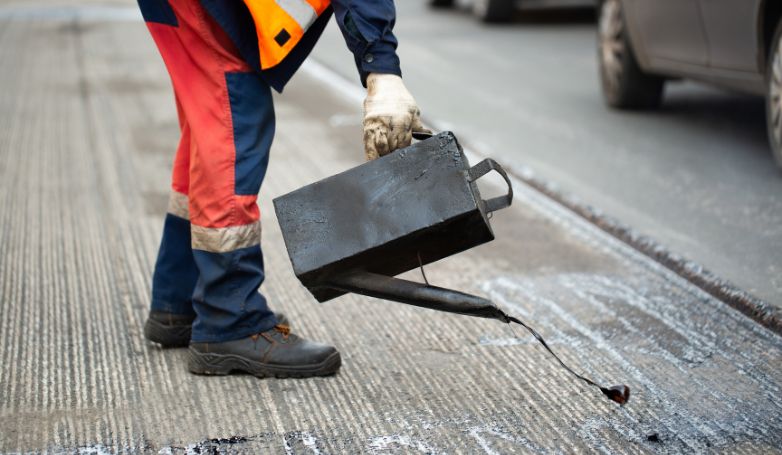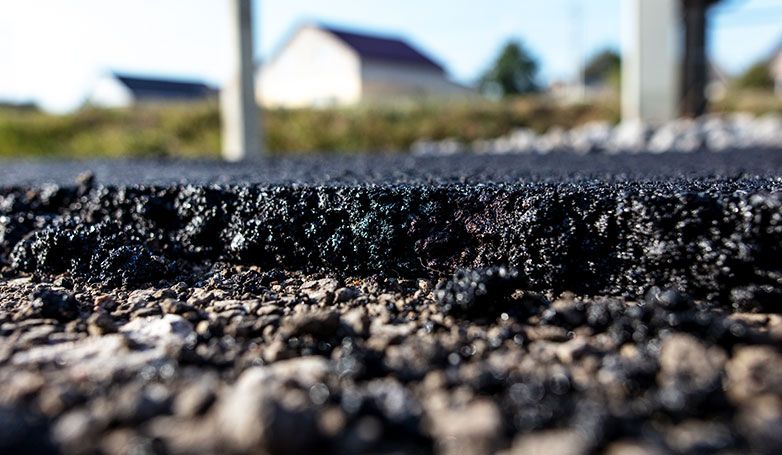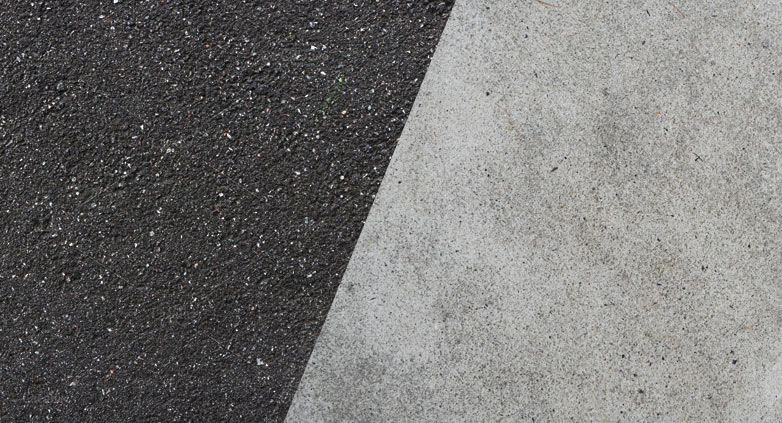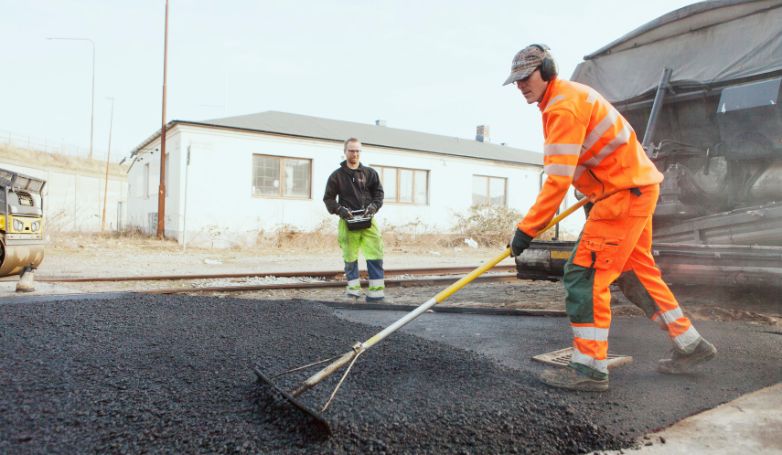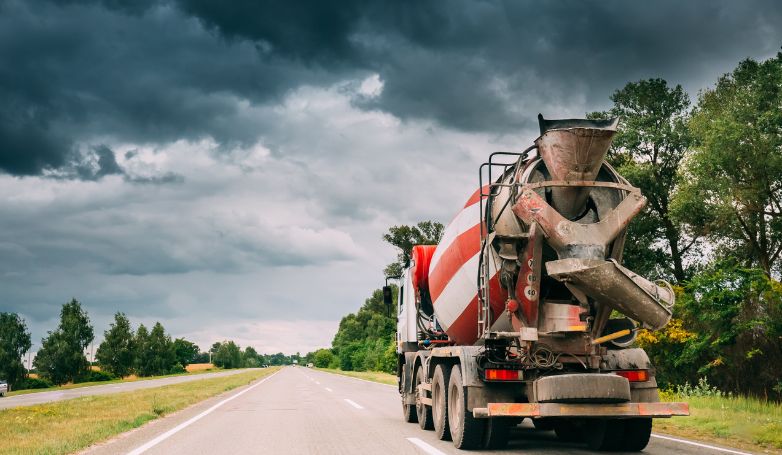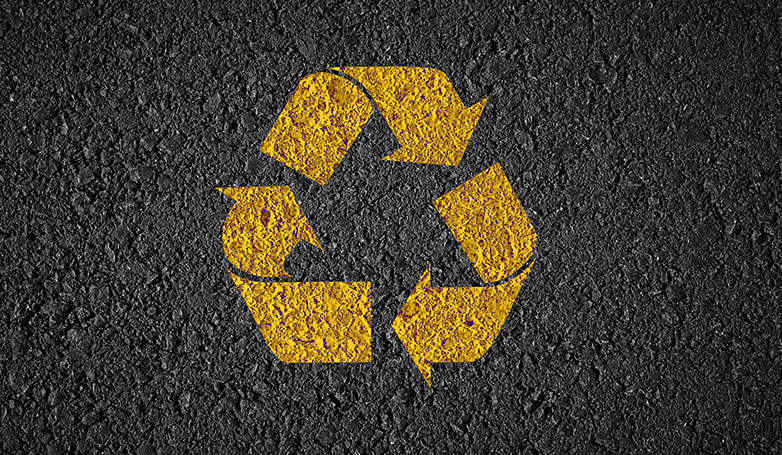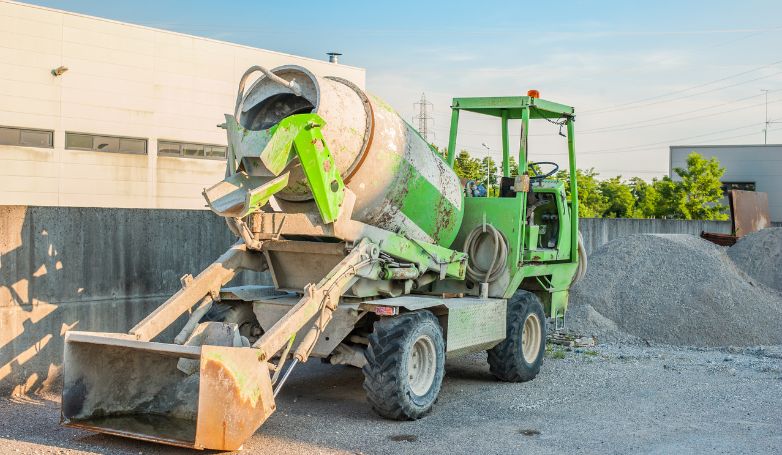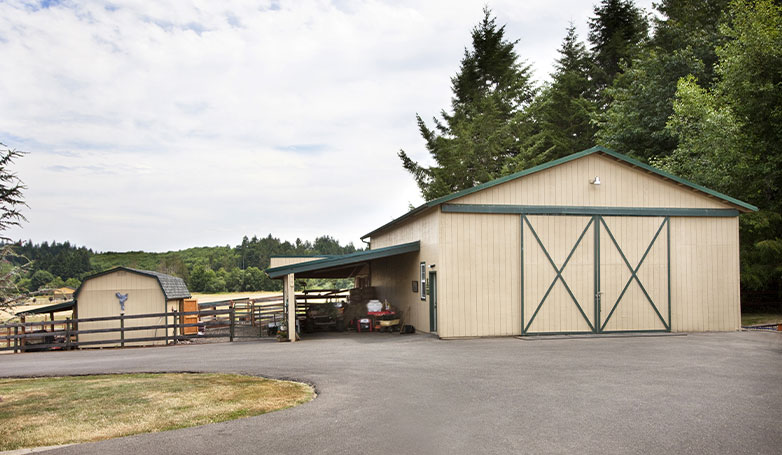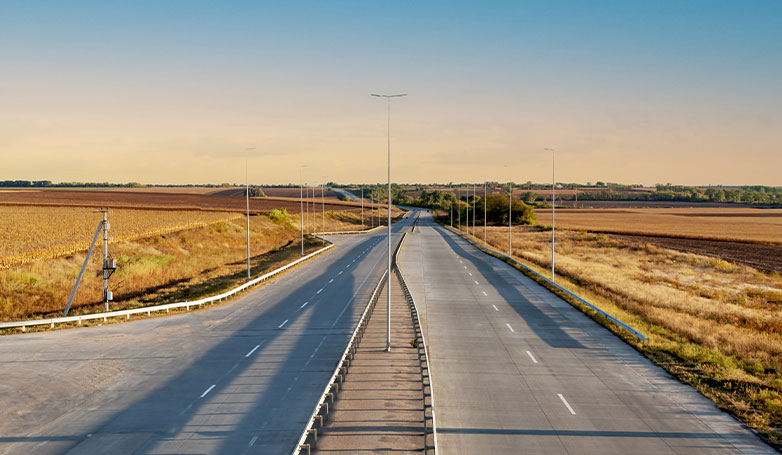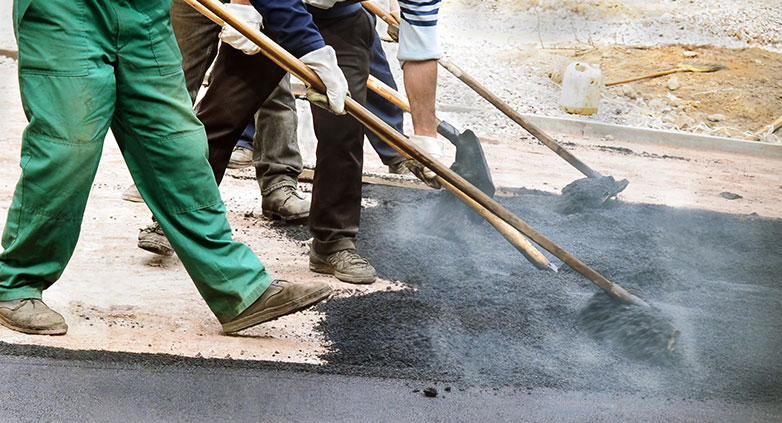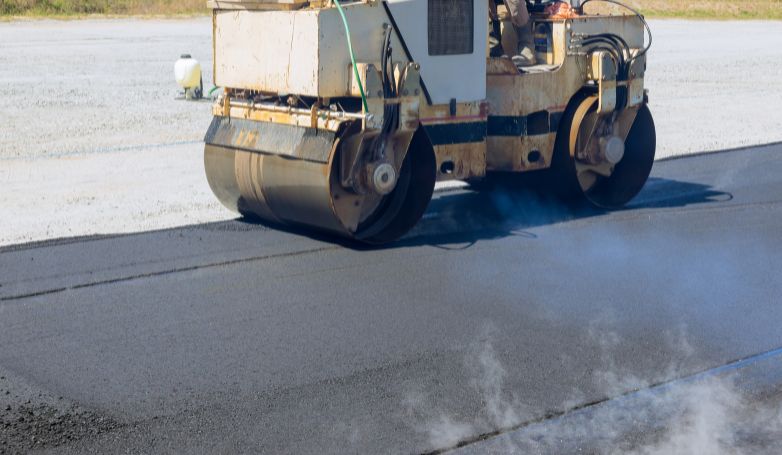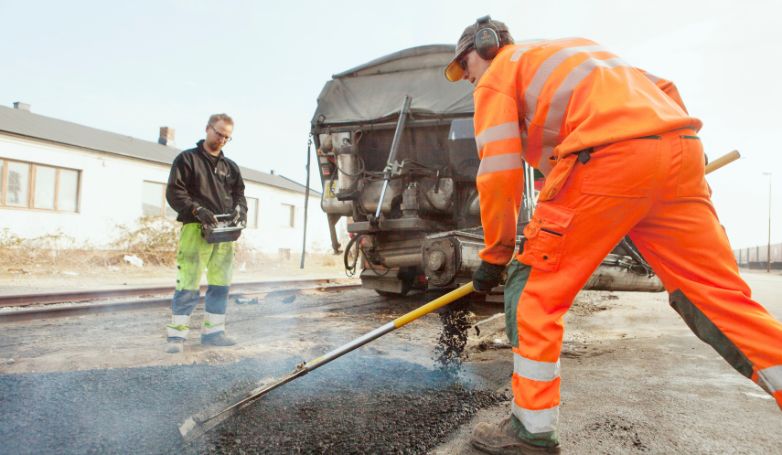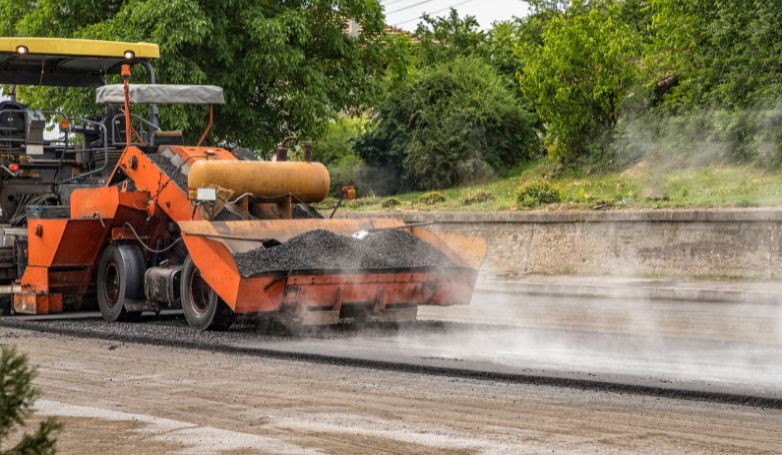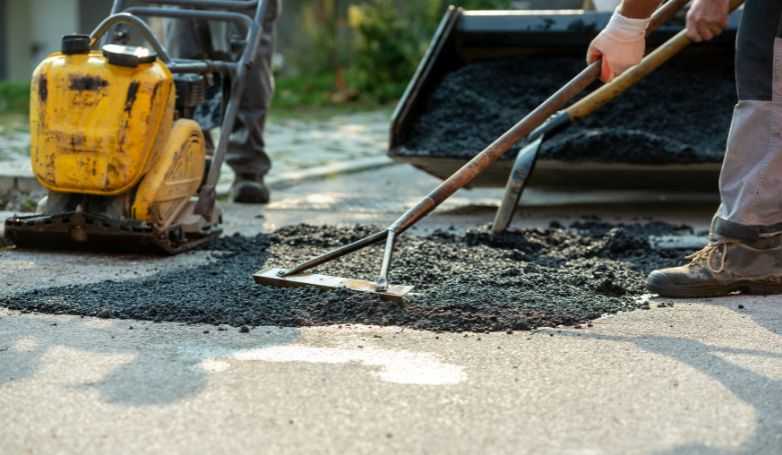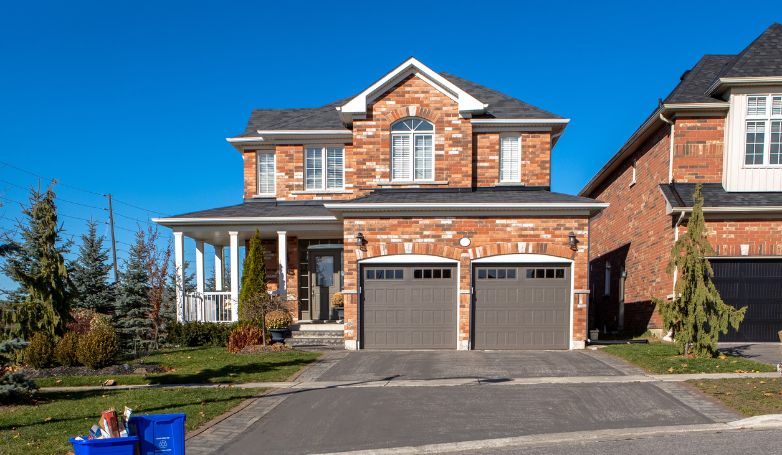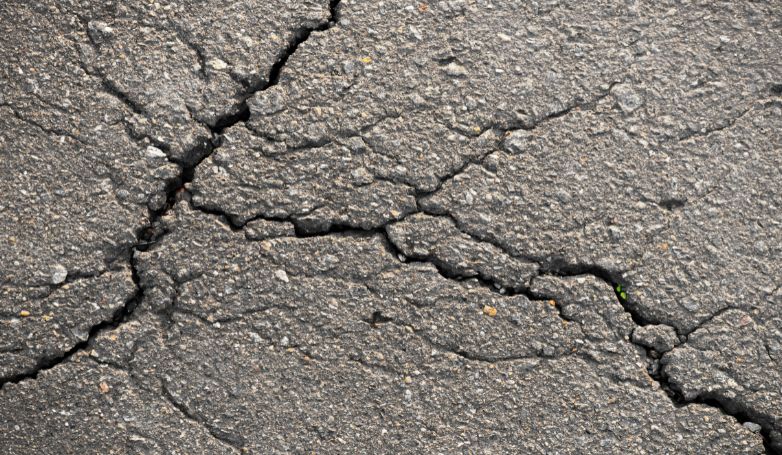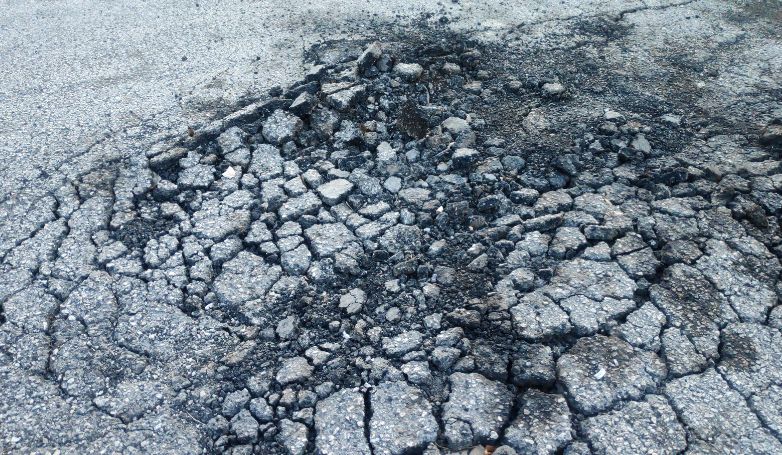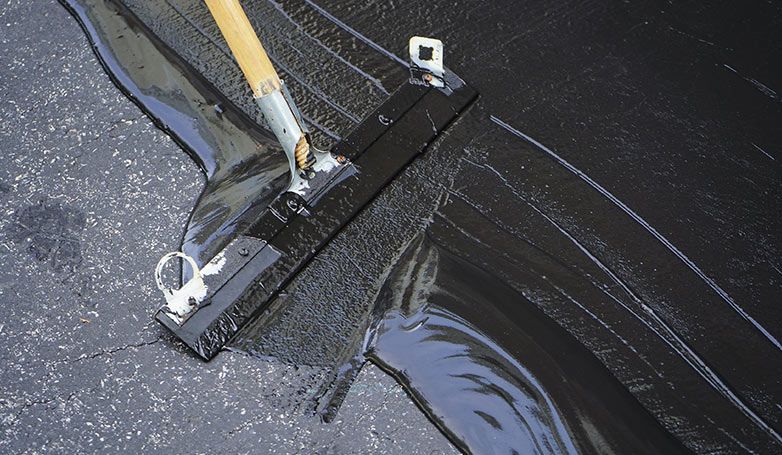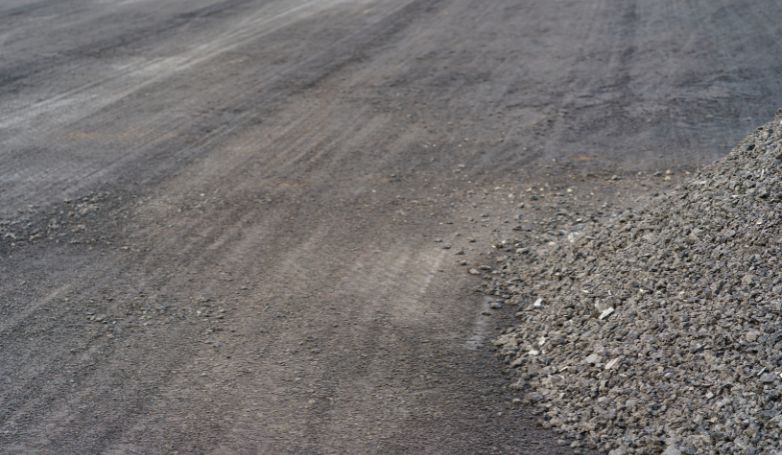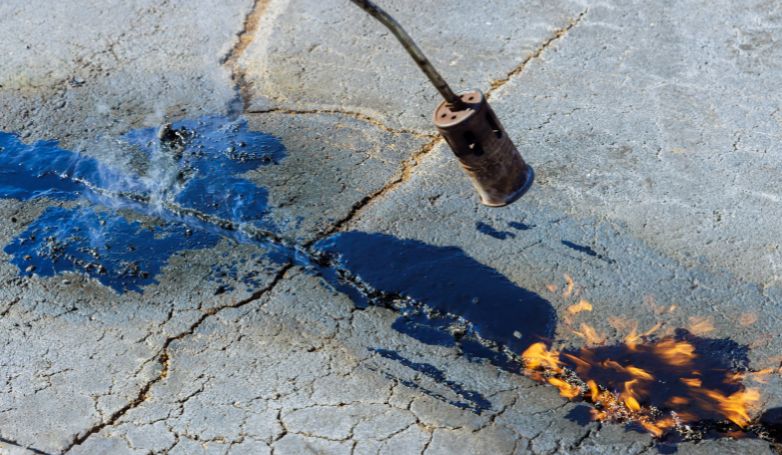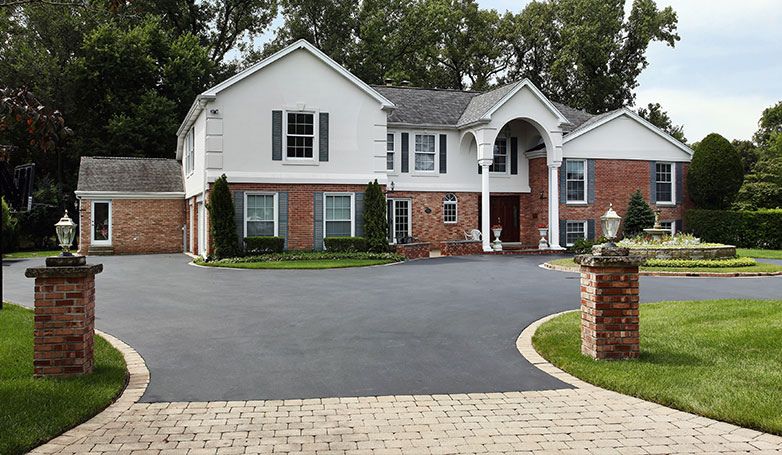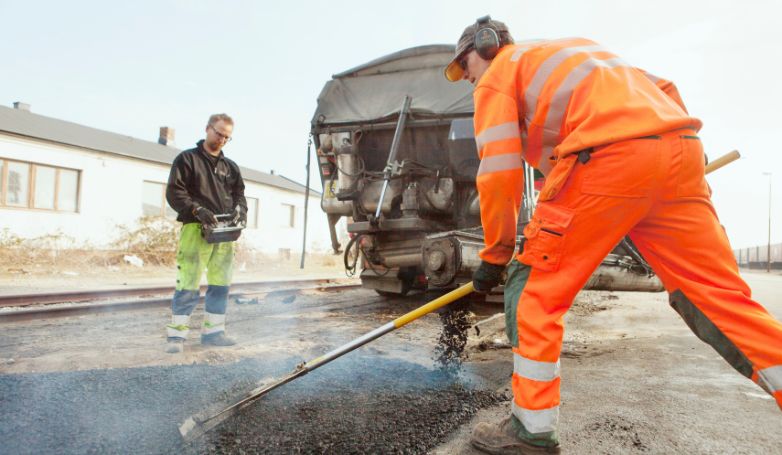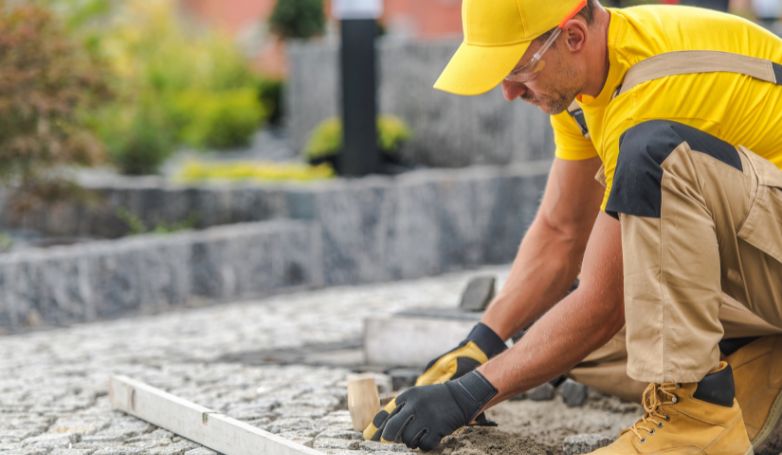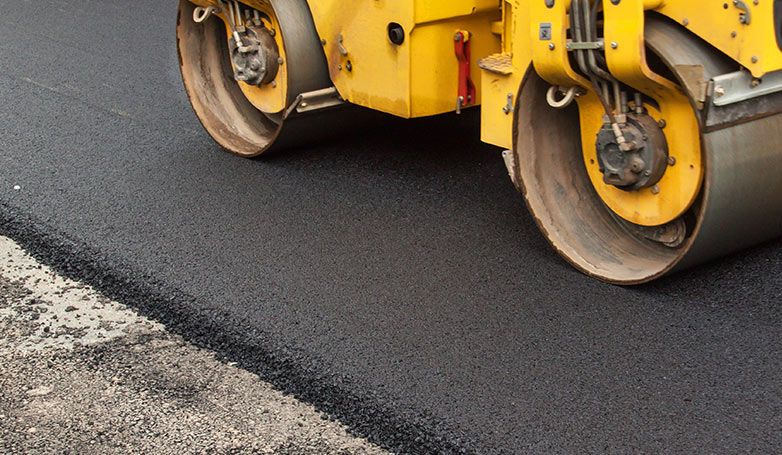Asphalt’s Environmental Impact is often a topic of debate in environmental discussions, yet facts reveal a more eco-friendly profile than commonly perceived, challenging misconceptions about its production and use.
Contrary to common belief, asphalt’s environmental impact is relatively minimal. Its production involves energy-efficient processes, and asphalt pavement is highly recyclable, reducing landfill waste. Furthermore, modern asphalt plants implement stringent emission controls, significantly reducing harmful outputs. The material’s durability and low maintenance requirements also contribute to its sustainable footprint, making it a practical choice for eco-conscious projects.
Explore more on asphalt’s sustainable aspects and how its use supports environmental goals, debunking myths and highlighting its green credentials.
The Impact of Asphalt Production on the Environment
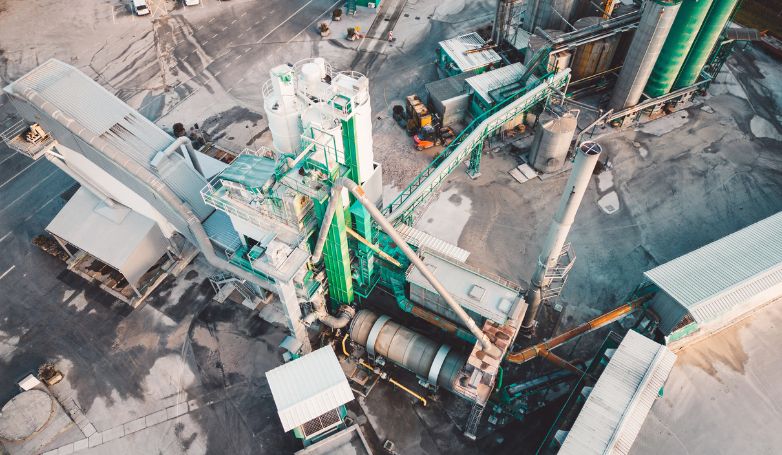
Asphalt pavement mixing plants are highly regulated by government environmental agencies, and they employ multiple emission control systems. The amount of emissions released from these control systems are monitored to ensure they stay below any permitted level set by the U.S. Environmental Protection Agency and other regulators to guarantee they pose no environmental or health risk to surrounding towns and areas.
Over a decade ago, the EPA reviewed emissions from asphalt plants and determined that such facilities are not a significant source of air pollution and were subsequently delisted by the agency. Subsequent research studies have verified that emissions from asphalt pavement mixing facilities do not present an environmental or public health hazard. Asphalt’s environmental impact is clearly much lower than one may think.
Emissions of the Asphalt
Petroleum-based asphalt is a highly volatile organic compound substance. As the product is converted to asphalt, the process could release harmful gases into the atmosphere. However, emissions from asphalt plants and their greenhouse gases were found to be within the EPA’s acceptable limits.
The asphalt industry reduced total emissions by 97 percent while increasing production by 250 percent between 1970 and 1999. The EPA considers emissions from asphalt plants as only minor sources of industrial pollution.
Asphalt cement or binder is unique compared to other paving materials because no chemical changes occur when the binder is heated and mixed with hot, dry aggregates in the production of asphalt concrete.
Do Asphalt surfaces pose Threats to the Environment?
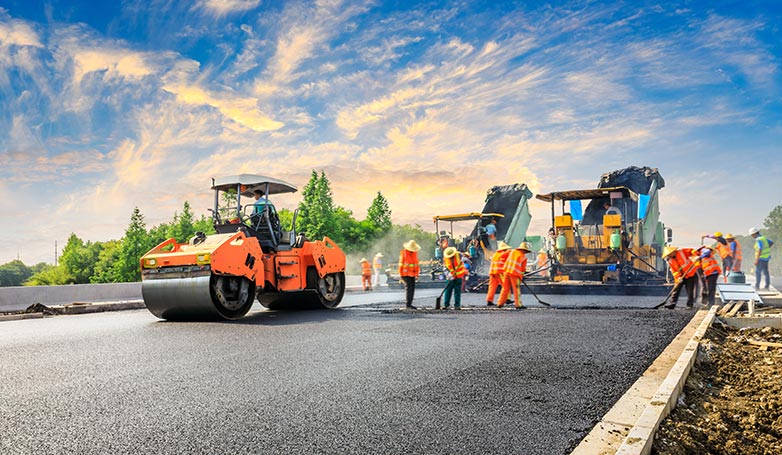
According to studies, asphalt pavements require about 20 percent less energy to produce and construct than other pavements. In the past ten years, newer asphalt technologies have significantly improved the environmental friendliness of asphalt.
These technologies, which significantly contribute to asphalt’s environmental impact, include warm-mix asphalt (WMA) that lowers emissions due to reduced temperatures; cold recycling technologies that produce up to 100% recycled asphalt mixes; and perpetual asphalt pavements, which decrease greenhouse gas emissions because they don’t require much repair and there is longer time until replacement is necessary.
Warm & Cold Mixed Asphalt
Warm and cold mix asphalt is laid down at lower temperatures. WAM helps cut down the production of greenhouse gasses and the overall consumption of fuel while producing and applying it. WAM is a good ‘green’ option due to the environmental benefits it has to offer.
Warm mix asphalt is a truly environmentally friendly asphalt paving solution. WAM provides less energy consumption, less fumes, lower odors, and reduced emissions. This asphalt is easier to apply and is one of the most environmentally friendly types of pavement available. Besides being a green product, it also allows better compaction on the road, extending our paving season and increasing our hauling distances.
Water
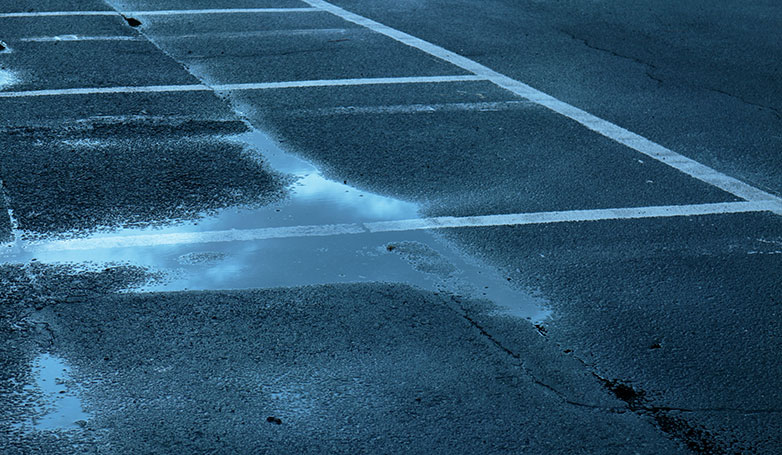
Many road and parking lot projects require elaborate drainage networks to remove the rainwater from the surface to prevent flooding and erosion. Flowing rainwater over pavement exposes the water to pollutants, surface debris, and asphalt. This polluted water eventually flows into municipal sewage networks emptying into lakes, rivers, and streams.
Cold recycling
Pulverization is another alternative that most owners choose. In the pulverization process, the old pavement is broken up into small pieces and used as an under-layment for the new pavement that has to be laid. This technique is inexpensive compared to completely stripping the old pavement and replacing it with the new aggregates needed for the base material. It is quite a green and environmentally friendly asphalt pavement solution as it mainly repurposes the existing pavement instead of discarding it entirely and building a new one from scratch.
Read more: crushed asphalt driveway – 7-steps installation guide
Porous Asphalt
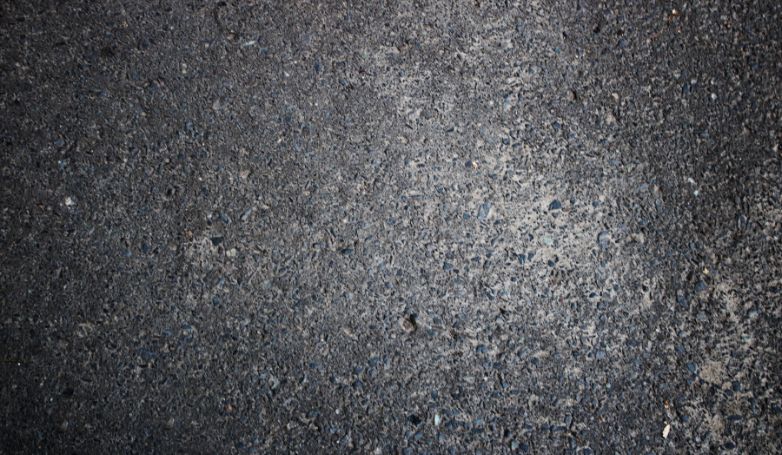
As a solution to the water drainage issue, roadway engineers are developing and testing porous asphalt, which would allow water to drain through the material into the ground below. This technology’s initial challenge was making the porous material sufficiently durable for mass roadway consumption, but recent innovations have accomplished this.
Porous asphalt is gaining popularity due to its ability to allow water from precipitation to penetrate through the asphalt’s surface and soak into the ground below the asphalt. Porous asphalt is generally made using recycled materials such as perpetual asphalt. Additionally, this environmentally friendly asphalt reduces water run-off from the pavement. It maintains the Earth’s natural water cycles and helps in replenishing the groundwater supplies.
A Porous asphalt pavement system can replace impermeable surfaces for parking lots, roads, walking/biking paths, and other applications. Porous pavements can turn runoff into infiltration, restore the hydrology of a site, improve water quality, and eliminate the need for detention basins. Asphalt pavements do not leach; therefore, once constructed, asphalt pavements have minimal impact on the environment. Studies show that these environmentally friendly asphalt pavements and stockpiles of reclaimed asphalt pavement don’t leach.
Modern asphalt technology is delivering asphalt pavement designs that enhance the quality of stormwater runoff. These technologies improve driving safety by reducing the amount of spray and noise produced by vehicle tires.
Perpetual Pavement
An effective way of addressing asphalt’s environmental impact is by opting for ‘perpetual pavement.’ Perpetual pavement is made of many layers of which mostly recycled materials. Perpetual pavements are able to last for almost twenty years. The lower layers can last much longer. Compare to traditional asphalt paving methods, Perpetual pavements are more durable. This pavement requires lower maintenance and produces less waste. The durability reduces the expenses of repair work and time spent for the same.
Read More: Asphalt Driveway Paint
Benefits of Asphalt Recycling
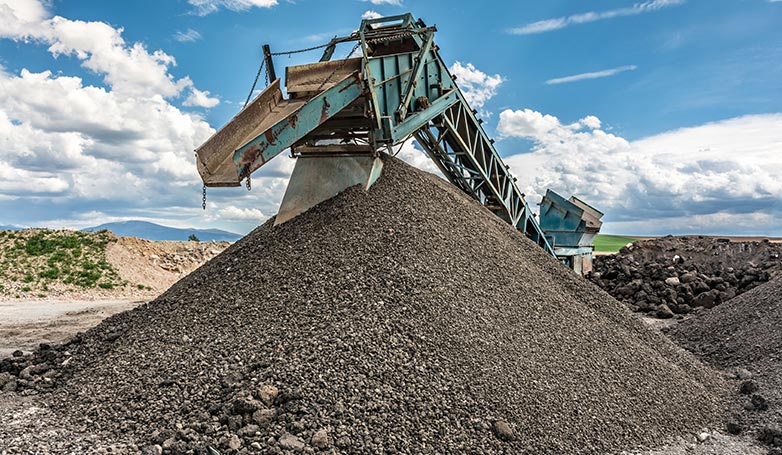
Asphalt and concrete are the only widely accepted materials that engineers and governments trust to deliver the durability required for parking lots and roads. Road construction engineers continue to work on sustainable paving alternatives. Paving companies have developed technology to reuse and recycle asphalt materials to minimize the depletion of the Earth’s resources. The recyclability of this surface greatly reduces asphalt’s environmental impact.
The # one recycled material in the U.S. is asphalt pavement. Asphalt pavement is reused over and over again in new asphalt pavement mixes. Recycled or reclaimed asphalt pavement (RAP) contains previously used asphalt binder and aggregates that can replace requirements for new asphalt materials. The older asphalt binder can be reactivated to replace part of the binder required in a new asphalt mix. Similarly, the older aggregate would become part of the aggregate in the new asphalt pavement mi. Approximately 80 million tons of asphalt pavement material is reclaimed each year, and over 99% of that total is reused or recycled.
Reduced Dependency on New Petroleum Products
Asphalt pavement, binder, and aggregate materials are commonly removed during resurfacing, rehabilitation, and reconstruction operations. Removal is done by a milling machine that essentially shaves off a predetermined depth of asphalt’s top layer. Once the top layer is removed and processed, the pavement materials become reclaimed asphalt pavement, which contains valuable asphalt binder and aggregate. RAP is a valuable, high-quality material that can replace more expensive virgin aggregates and binders. RAP reduces the need to invest in more petroleum-based products during the production process. Where the use of RAP is most economical is in the intermediate and top layers of flexible pavements. Less expensive binder from RAP can replace part of the more costly new asphalt binder. RAP has been used for decades, but there is a current interest in using higher RAP contents in asphalt mixes.
Recycled asphalt is waterproof
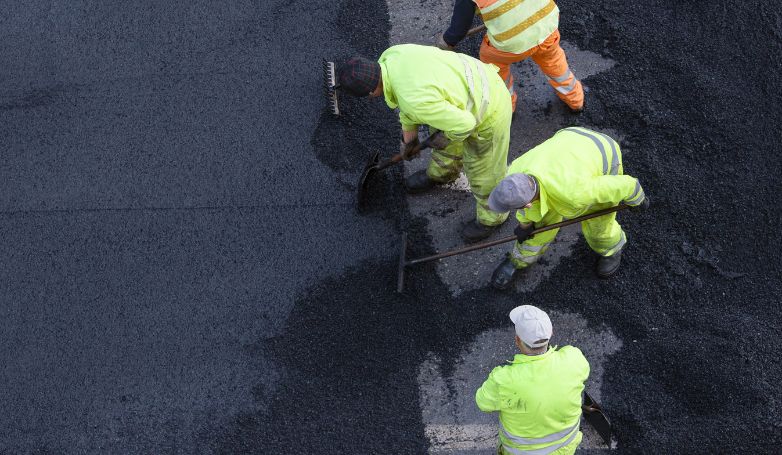
Asphalt is also inert, contributing to asphalt’s environmental impact in a positive way. No materials are leached from the pavement because it is waterproof. Many drinking water reservoirs and fish hatcheries are lined with asphalt. Even though vehicle emissions like grease and oil may be deposited on roadways over time, emissions and leachate from RAP stockpiles are practically nonexistent. The EPA recognizes that recycled asphalt pavement piles are unlikely to cause fugitive dust problems. Numerous studies have documented that leachate or runoff from RAP storage is not a problem. RAP is commonly used as clean filler material in highway construction.
The High Recycling Rate of Asphalt
The asphalt industry reclaims about 100 million tons of its product every year and reuses or recycles about 95 million tons. Other materials such as rubber, glass, and asphalt roofing shingles are recycled into asphalt pavements.
Asphalt is one of the only materials that can be reclaimed from a job site, processed, remanufactured, and put into the roadway the same week. Spurred by innovative new equipment and research, recycling reclaimed asphalt pavement and other industrial or waste materials into pavements has spread through the asphalt paving industry , benefiting the environment and reducing costs.
A Leader in Environmental Stewardship
Asphalt pavement is definitely the nation’s most widely recycled product. A 1993 study by the FHWA and the EPA says about 73 million of the 91 million tons of asphalt pavement material that is removed each year during roadway resurfacing and reconstruction projects are reused as part of new roadways, embankments, roadbeds, road shoulders. That’s a recycling rate of 80%.
The 73 million-ton volume of recycled asphalt pavement is about one-third higher than the total volume of 60.7 million tons of consumer recycling. That is double the volume of paper, glass, plastic, and aluminum combined, the FHWA/EPA reports.
The Use of Recycled asphalt products also saves valuable aggregate resources. While there are plenty of construction aggregates in place in the ground, aggregate sites that permitted for extraction are becoming harder to find.
Asphalt Environmental Impact vs. Concrete
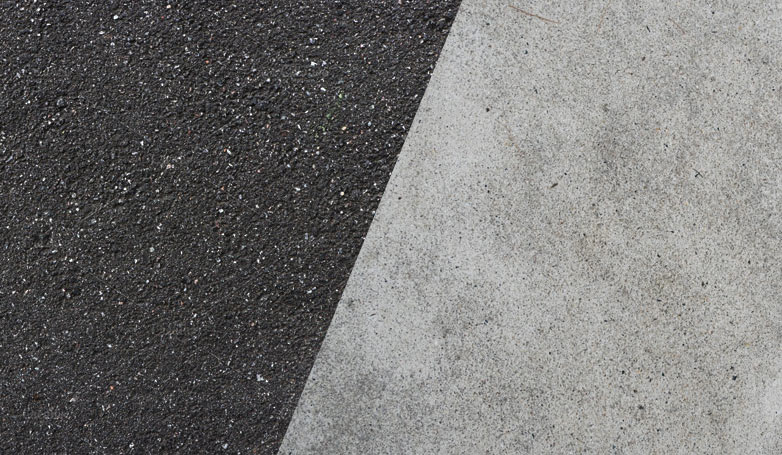
While there are no types of pavement without some environmental impact, studies show that there is relatively little difference between asphalt’s environmental impact and concrete pavements.
Urban Heat Island Effect
Engineered pavement materials have relatively higher solar energy absorption and tend to trap a somewhat higher portion of solar radiation. Such materials also possess higher heat storage capacity, which allows them to retain heat during the day and gradually release it back into the atmosphere as the sun goes down. This phenomenon is known as the Urban Heat Island (UHI) effect and causes an increase in the urban air temperature.
A 2013 study by Arizona State University on the pavement temperature effects on overall urban heat island concluded that there was no significant difference in the air temperature, regardless of the type of pavement.
High Volatile Organic Compound Emissions
High volatile organic compound materials release dangerous amounts of harmful gases during processing and curing. These gases are detrimental to the atmosphere and hazardous to people. The Asphalt manufacturing and paving process emits high concentrations of volatile organic compounds. Similarly, cement production takes significant amounts of energy and emits large volumes of VOCs into the atmosphere.
The asphalt and concrete industries are actively developing ways to reduce emissions during processing by reusing existing materials. During resurfacing projects, asphalt is being stripped from the roadbed during resurfacing projects, mixed with virgin materials, and re-laid as new recycled asphalt pavement. The concrete industry has also developed a process that involves grinding used concrete and integrating it into new material. Recycling and reusing will reduce materials also reduce VOC emissions associated with processing and paving asphalt and concrete.
Water Purity
Both concrete and asphalt roadways restrict rainwater from flowing naturally through rocks and soils and into streams and rivers. Paved surfaces redirect water into elaborate drainage systems where it mixes with municipal sewage and reduces the water purity.
Pavement technology breakthroughs, pivotal in understanding Asphalt’s Environmental Impact, have led to the development of porous asphalt and concrete. These innovative materials have proven durable enough for vehicle traffic while allowing water to naturally seep into the soil beneath, enhancing environmental sustainability.
Advancements in asphalt are essential because asphalt is a primary component of America’s transportation system. Of the almost 3 million miles of paved roads in the United States, over 94 percent are surfaced with asphalt. The asphalt pavement industry has reduced total emissions by 97% since 1970 through new technologies. Continued development of new asphalt mixes and processes that are more environmentally friendly will continue to reduce emissions and lower energy consumption.
FAQs about the Asphalt Environmental Impact

Here, we’ll answer some common questions about how asphalt affects our environment.
How toxic is asphalt?
You might wonder if asphalt is harmful. Good news – when it’s all set and used in our roads, it’s not really a health concern. The catch is during its production. It can give off some fumes that aren’t great to breathe in a lot. But these days, asphalt plants are doing a better job at keeping those fumes in check.
Does asphalt release CO2?
Yeah, it does. When asphalt is being made, CO2 is released, especially when heating the mixture. But, it’s not as bad as some other building materials. Plus, the industry is getting smarter about this, using less energy and recycling old asphalt which helps lower these emissions.
Does asphalt affect climate change?
So, asphalt does play a role, mainly through those CO2 emissions we talked about. But it’s a smaller slice of the pie compared to other big industries. The cool part? The asphalt world is getting greener. They’re using less heat to make the stuff, recycling more, and reducing waste. All of this means a smaller carbon footprint.
Conclusion
In conclusion, asphalt’s environmental impact is more positive than many realize. The industry is actively reducing emissions with techniques like warm-mix asphalt and extensive recycling, making asphalt a surprisingly sustainable choice. Advances in technology, such as porous asphalt, also address environmental concerns like water drainage. While no material is without impact, asphalt demonstrates a commitment to environmental stewardship, blending functionality with eco-consciousness. This makes it a viable, greener option for our roads and cities.

